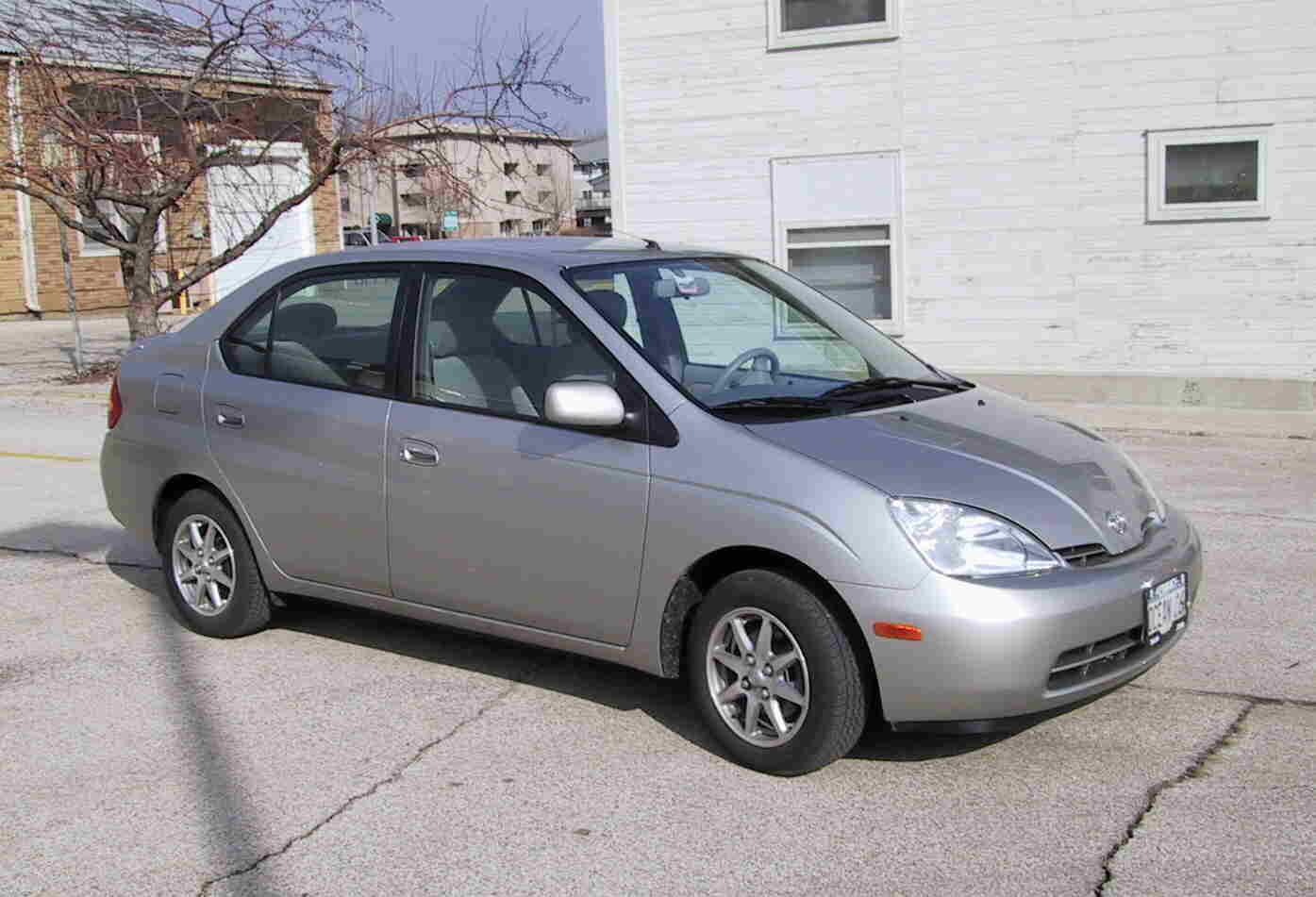Power Electronics in Automobiles
In a conventional car, power electronics applications are a major area of
future expansion. Look
inside the audio system, for example; the amplifiers in today's car
stereos are usually capable of delivering 40 W or more. But a 12 V supply
applied to an 8 Ohm speaker produces 18
W output at best. To solve this power supply problem, designers use a
power electronics boost
converter to provide higher voltage power to the amplifier circuit.
This allows car amplifiers to generate the same audio output power as
home stereos.
Another nearly universal power electronics application is the automobile's ignition
system. Thousands of volts are required to ignite the fuel-air
mixture inside a cylinder so that internal combustion can occur. Today's cars employ
all-electronic ignition systems, which have replaced the traditional
spark plugs with boost converters coupled to transformers. A third example,
now being used in some models, is an
all-electronic power steering system. This system uses controlled electric
motors to
assist in moving the steering rack. This system is replacing the
traditional, belt-driven hydraulic pump. The results are improved steering response,
lower energy consumption, and the elimination
of noisy belt drives. Electric air conditioning systems are starting to appear
as well.
Power electronics is a major growth area within the automotive industry. Electronic ignitions, power semiconductor voltage regulators, automatic motor controls, and audio systems are some of the most common applications. But in the future, electronic systems ranging from small motor controls for windows and seats up to high-power traction controls for electric drive systems will be present on cars. Perhaps most significant is the move to a higher-voltage electrical system. Cars of the near future will be designed around a 40 V to 50 V electrical supply in place of today's 10 V to 15 V systems.
Many people are curious about new electric and hybrid cars -- in which the primary electrical system is dominated by power electronics. Electric cars offer high performance, zero tailpipe emissions, and low costs, but are still limited in range by the need for batteries. Hybrid car designs use various strategies to combine both an engine and electrical elements to gain advantages of each. In both cases, inverters and dc-dc converters rated for many kilowatts serve as primary energy control blocks.
Shown here is a commercially-available hybrid-electric vehicle (produce by Toyota).
Some of the interesting power electronic components for electric and hybrid vehicles include:
- Battery chargers
that are now being designed to transfer higher levels of current at
higher voltages than ever before. This has resulted in new ideas
for power transfer and safety. One example is the Hughes inductive
charger which uses a non-conductive paddle (similar to a ping-pong
paddle) to connect an electric vehicle to a power outlet. This
charger takes input 60 Hz ac power, and then converts it to high-frequency 80
kHz ac power for delivery through the magnetic paddle into the car. The paddle serves as the primary side
of a transformer which electromagnetically couples the charger
output to the electric vehicle's charging port. The input circuit
mounted in the vehicle rectifies this ac voltage and
regulates the dc current to charge the battery pack.
- Electric vehicle drive trains use power electronic converters and electric motors in place of the traditional combustion engine. A variable speed drive supplies electric motors which are coupled to the axles either directly or through gearing. The drive is typically composed of a converter, a battery and control circuitry. Originally, electric vehicles used dc motors for the main propulsion, but all newer designs use ac induction motors or other types of ac machines. Compared to dc machines, ac motors are lighter, more efficient, require less maintenance, cost less, and have a broader torque and speed range. These ac motors require a power electronic inverter which uses power semiconductors and electronic controls to set the motor torque and speed.
